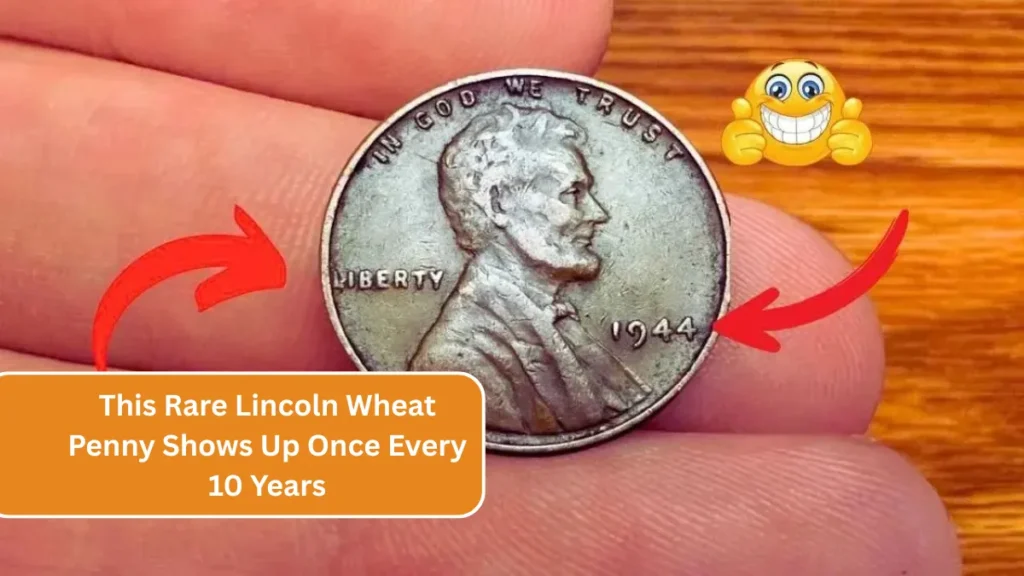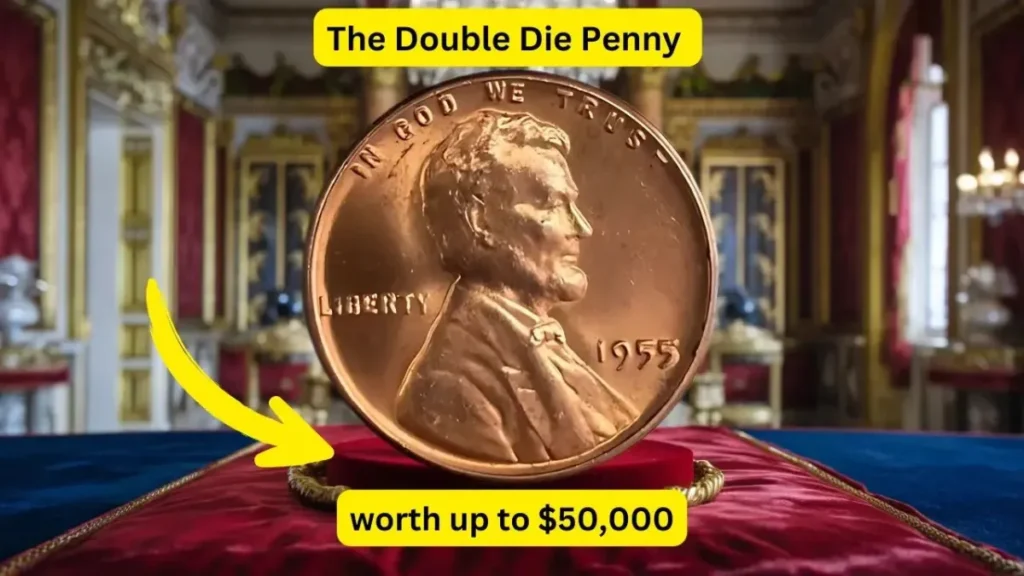If you’ve ever tossed a quarter into a vending machine without a second thought, you might want to think twice next time. Some Washington quarters, the common-looking 25-cent coins found in wallets and piggy banks, are actually worth up to $26,000 each – and many people don’t even know they have one.
Many Washington quarters, which look like ordinary 25-cent coins in your change or piggy bank, could be worth a small fortune — up to $26,000 each. Surprisingly, most people are unaware they might own one of these valuable coins.
These rare quarters gain their high value because of minor minting mistakes, limited production runs, or unique historical significance. Whether you’re a casual coin collector or simply curious about what’s in your change, this guide will reveal 9 rare Washington quarters that could be worth a lot of money.
Attention Please: Why Are Some Quarters Worth So Much?
The Washington quarter was first produced in 1932 to celebrate George Washington’s 200th birthday. Although most quarters are common, a few are highly sought after because of mint errors, limited quantities, or special editions, making them valuable collectibles.
Even small differences in the coin’s date, mint mark, or design can create rare versions that collectors eagerly seek. When a coin is rare, its value can skyrocket, sometimes reaching thousands of dollars.
Overview Table: 9 Rare Washington Quarters Worth $26,000 Each
| Year | Mint Mark | Reason for Rarity | Estimated Value |
|---|---|---|---|
| 1932-D | D (Denver) | Very low mintage (under 500,000 produced) | $26,000 |
| 1932-S | S (San Francisco) | Also low mintage | $25,000+ |
| 1943-S | S | Double die obverse error | $15,000–$26,000 |
| 1950-D | D | Overstruck D on D mint mark (RPM error) | $10,000–$20,000 |
| 1964 | None | Silver content plus transitional errors | $12,000–$26,000 |
| 1965 | None | Wrong planchet (silver instead of clad) | $15,000–$20,000 |
| 1970-S | S | Overstruck on a 1941 Canadian quarter | $20,000–$26,000 |
| 1983-P | P | Double die reverse + no mint set released | $10,000–$25,000 |
| 2004 | None | Wisconsin quarter with extra leaf error | $6,000–$26,000 |
1932-D and 1932-S Quarters – The Original Rarities
The 1932-D and 1932-S quarters are among the most prized coins in the Washington quarter series. Being the first year of the design, both Denver and San Francisco mints made only a small number of these coins.
These quarters are key dates for collectors and can be worth a great deal if in good shape — especially if they are uncirculated or barely worn.
1964 & 1965 Silver Quarters – Hidden Metal Value
In 1964, quarters were composed of 90% silver, but the U.S. Mint switched to a copper-nickel mix starting in 1965. However, some 1965 quarters were accidentally struck on leftover silver blanks, making them quite rare and valuable.
Collectors prize these silver 1965 quarters because they closely resemble regular coins but have a higher worth due to their silver content and rarity. You can sometimes spot silver coins by weighing them or using a magnet test.
Error Coins – When Mistakes Become Valuable
Certain quarters are rare because of errors made during production, not just age or mintage numbers. Common types of errors include:
- Double die coins: The design is stamped twice, causing a doubled image.
- Repunched mint marks: The mint mark letter is stamped more than once.
- Overstruck coins: A coin design is stamped on a blank meant for another coin, such as a Canadian quarter.
One famous example is the 1970-S quarter struck over a 1941 Canadian coin — an extremely rare and sought-after error.
Wisconsin State Quarter – Extra Leaf, Extra Value
The 2004 Wisconsin State Quarter is known for a distinctive error called the “extra leaf.” This mistake shows an additional leaf on the corn stalk design, pointing either upward or downward, which was not intended.
These error quarters made it into circulation and can now be worth thousands of dollars. If you own Wisconsin quarters, it’s worth inspecting them closely for this unique feature.
1983-P Quarter – No Mint Set & Double Die
The 1983-P quarter is rare because the U.S. Mint did not release mint sets that year, so most coins were circulated. Finding one in excellent condition is difficult.
To add to its value, some 1983-P quarters also have a double die on the reverse side, making them highly collectible.
FAQs
Q: How can I tell if my quarter is valuable?
A: Look for unusual features like double stamping, repunched mint marks, missing or extra elements, or unusual metal composition. Consulting a coin expert or using a scale and magnifying glass can help.
Q: What does “double die” mean on a coin?
A: It means the coin’s design was stamped twice during minting, creating a doubled image that is visible upon close inspection.
Q: Are silver quarters more valuable?
A: Yes, quarters minted before 1965 contain 90% silver, which can add to their value, especially if in good condition or rare varieties.
Q: Where can I get my coin appraised?
A: You can visit professional coin dealers, numismatic shows, or send coins to grading services like PCGS or NGC for official evaluation.


